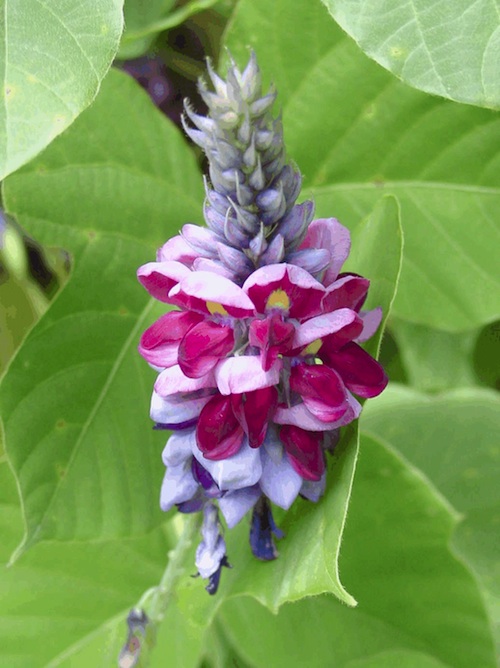Ralph Waldo Emerson defined a weed as “a plant whose virtues have not yet been discovered.” To a serious gardener a weed can be nothing less than the bane of his or her existence.
University of Georgia Cooperative Extension horticulturist Bob Westerfield says the best way to control weeds is to get to them early.
“It’s a whole lot easier to prevent weeds than to get them out of the garden once they have a foothold,” he said.
The daily news + a tiller
Westerfield controls weeds in his personal garden using organic and mechanical methods. He lays newspaper covered with straw on the ground around his vegetable plants and runs a tiller through the garden often to destroy weeds.
“The bad side of using the tiller method is that every time you till the soil, you dry it out and run the risk of bringing weed seeds to the surface,” he said.
As vegetable plants grow, they shade out weeds, which reduces and suppresses their numbers, Westerfield said.
Weeds can also be suppressed with garden mats, permeable mesh mats that block out the growth of weeds. Holes in the mats allow gardeners to insert transplants or seeds they want to grow.
What is a weed?
As a weed scientist with the UGA College of Agricultural and Environmental Sciences, Mark Czarnota searches for various ways to control weeds.
“Because of limited funding, there is very little academic research on organic weed control,” he said.
Like Emerson, Czarnota defines a weed as “a plant out of place; a plant that causes economic loss or a plant whose virtues have not been discovered.”
Czarnota says whether a plant is a weed is often based on personal viewpoint. “Chuffa is the hated garden weed known as yellow nutsedge, but turkeys, birds and other wildlife relish it because of its tubers. But growing in your garden, it’s a weed,” he said.
Four methods
He recommends using one of four methods to control plants you have classified as weeds: physical removal, physical barrier, chemical control and biological control. Physical removal includes removing weeds by hand, tillage, machine, mowing and hoeing.
“It’s very labor intensive,” Czarnota said.
Physical barriers like black plastic or weed barrier fabric can also be used to control weeds. Newspapers are an inexpensive barrier choice.
“The whole idea is to smother the plant so it won’t survive after germination,” he said. “Usually 3 mil plastic will hold up for a season, but south Georgia growers try to use it for two crops.”
To fight weeds around ornamental plants, Czarnota recommends a two- to four-inch layer of mulch.
“Use organic mulch around vegetables. Don’t use grass clippings because they may contain herbicides,” he said.
Fire and goats
Fire is another control method. It is used to remove brush from conifers. Heat is used to steam-sterilize soil in greenhouses and potting mixtures, and flame throwers are used to remove weeds growing through cracks in sidewalks, Czarnota said.
When it comes to biological control methods, goats and other grazing animals are used to control weeds in pastures, and grass carp are used to control weeds in ponds and lakes.
“Some people use table salt, oils and fatty acids as organic herbicides. They also use corn gluten; acetic, capric and malic acid; cinnamon; clove; and lemon oil. But synthetically manufactured herbicides still contain the largest, most effective arsenal available to both commercial and home growers,” Czarnota said.
When used correctly chemical control methods are not harmful, he said. Most of the problems come from drift of postemergence herbicides and carryover of pre-emergence herbicides in soil or mulches.
One big problem with homeowners is drift of Roundup (glyphosate), near vegetables like tomatoes.
Natural products can be dangerous, too
Czarnota reminds environmentally friendly gardeners that natural products can be dangerous, too.
“Basically, (organic control) is a philosophy of using something that does not hurt the environment,” he said. “Asbestos, lead and arsenic are all naturally occurring products — you have to think from both sides. Not being synthetically manufactured does not mean it’s not harmful to the environment.
“In my eyes pest management is all about using appropriate and available control methods when they are necessary. This whole ideology was developed in the late 1960s and early 1970s and is known as integrated pest management, or IPM. However, if your philosophy is to shun synthetically manufactured pesticide, your options for pest control are limited.”
For more on controlling weeds in gardens and lawns, see the UGA CAES publication website at www.caes.uga.edu/Publications/.









